The driven snow and ice covered vistas that most of us imagine when thinking of Siberia are not to be found in large swaths of the region. Some of the northern areas of Russia now are snowless, with driving rain, green grass and flowing rivers. Usually at this time of year, many Siberians drive their vehicles over the thick ice of frozen rivers to their favorite ice fishing spots.
Anna Liesowska highlights images taken in recent days in two Siberian cities Krasnoyarsk and Barnaul showing scenes that locals insist are unprecedented in living memory. The startling pictures from Krasnoyarsk show an almost total absence of snow yet as every school child around the world knows, snow is what Siberia is all about.
The snow shortage in Siberia during the past few weeks in the latest weather to defy expectations this year. The summer saw bikinis in the Arctic, as residents in Norilsk sunned themselves in temperatures as warm as Nice and Naples.
But the Far East of Russia experienced devastating floods over many weeks, from which locals are still recovering as the Amur River spilled its banks.
Recently, experts have sounded warnings about the impact of climate change, with one warning that the energy-rich Yamal Peninsula in Siberia could be flooded due to a rise in sea levels - along with some famous cities.
Alexei Kokorin, head of the WWF project 'Climate and Energy' predicts a one metre rise in ocean levels by the end of the century. 'The problem of flooding will primarily affect tropical countries and such metropolises as Hong Kong, Calcutta, Shanghai - they will simply cease to exist. In Russia, in danger of being flooded are the Yamal Peninsula, the federal city of St Petersburg and the Leningrad region.'
'We should prepare for extremes of heat, an increase in drought (the difference will be noticeable in the next 10-20 years). With the increase in average temperature may appear insects, unusual for a particular locality. Speaking globally, in the coming decades climate will become even more unstable: the number of hazards (ice rains, drought, floods) will increase by two to three times. And Russia is no exception.'
Behold.
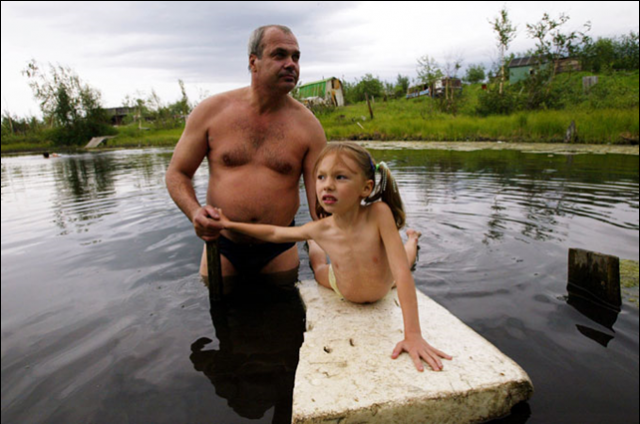
Many lakes and rivers, which would normally be ice-bound at this time of year, are flowing freely [GALLO/GETTY]
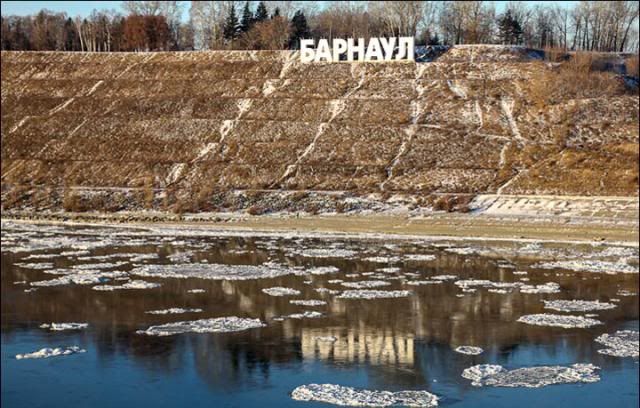
Recently, experts have sounded warnings about the impact of climate change, with one warning that the energy-rich Yamal Peninsula in Siberia could be flooded due to a rise in sea levels - along with some famous cities. Picture from Barnaul, Western Siberia, courtesy Sergey Scherbin, Barnaul.fm
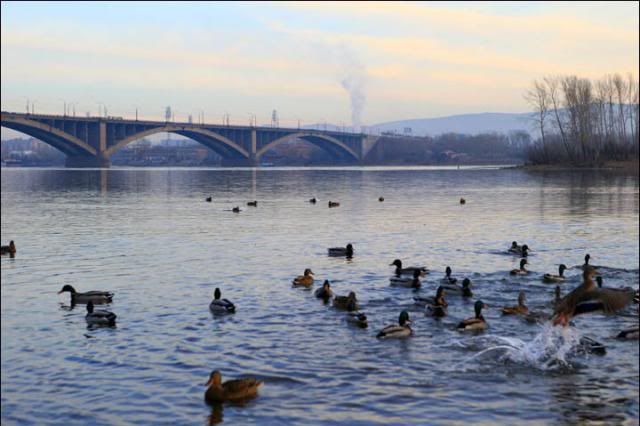
The images of the River Yenisei with ducks splashing in the water, and grass in the parks, could be from autumn rather than deep in the winter in a city where December temperatures have gone as low as minus 47C. Pictures: Sergey Lazarev
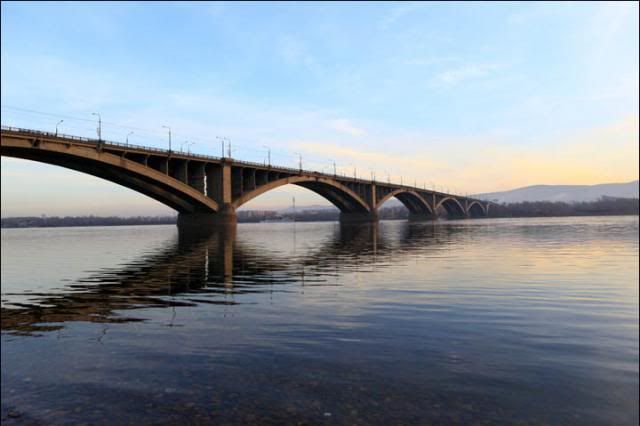
credit: Sergey Lazarev
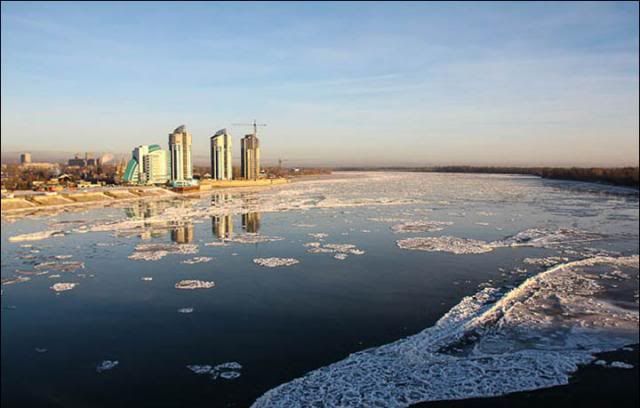
credit: Sergey Lazarev
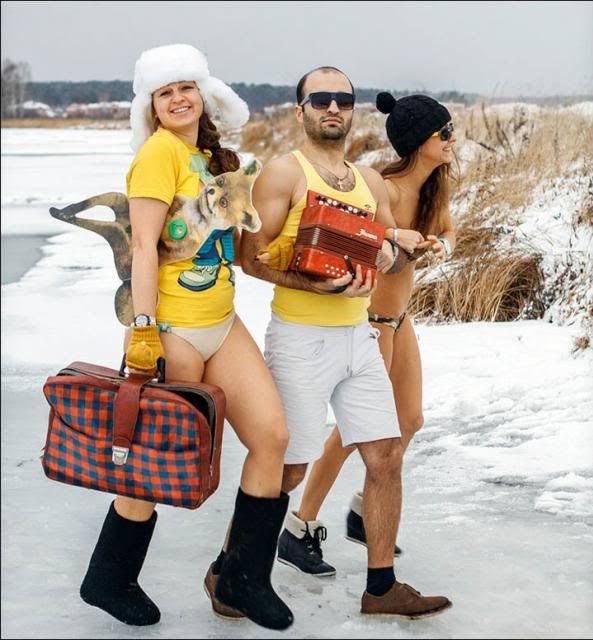
Last December it was -34C in Tomsk, feel the difference! Pictures: Anton Perebeinos
Al Jazeera reports:
During December the region would normally expect to be in the grips of winter. Although it remains cold here with the threat of snow, conditions are nowhere near as extreme as would normally occur.
In the northern city of Verkhoyansk average maximum temperatures are around minus 47C. Currently, they are some 14C warmer at minus 32C.
The southern city of Irkutsk is experiencing temperatures of minus 6C, ten degrees above average and this pattern is being repeated across much of the region.
What makes this change particularly interesting is that it seems to be part of a longer-term trend.
The warmer weather has been in evidence for several months. Back in July, Norilsk, the most northerly city in the world, recorded temperatures above 28C for eight consecutive days. Maximum temperatures here usually reach no higher than 16C. Such temperature anomalies were widespread across Siberia during the month.
Although temperatures have been increasing globally, since the mid-1970s temperatures here have risen by 0.34C per decade faster than the global average of 0.17C.
The trend towards warmer weather has been repeated elsewhere within the Arctic Circle and both Siberia and the US state of Alaska have experienced record wildfire seasons in the last few years.
Wildfires are thought to be contributing to the warming process, as soot on glaciers and ice sheets prevents the reflection of incoming solar radiation back out into space.
NASA researchers warn that the warming trend across Northern Russia is likely to cause the number of wildfires to double by the end of the century.


